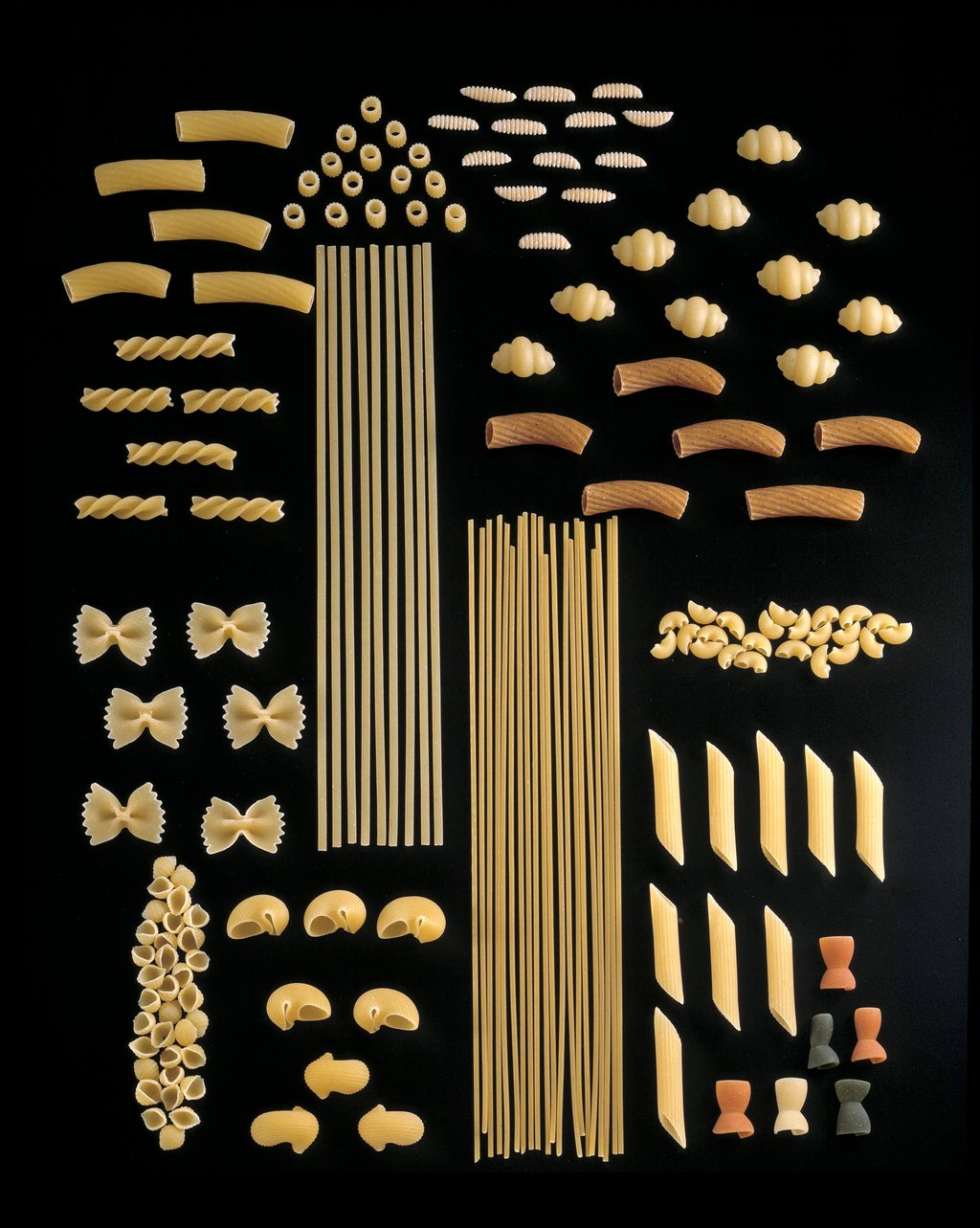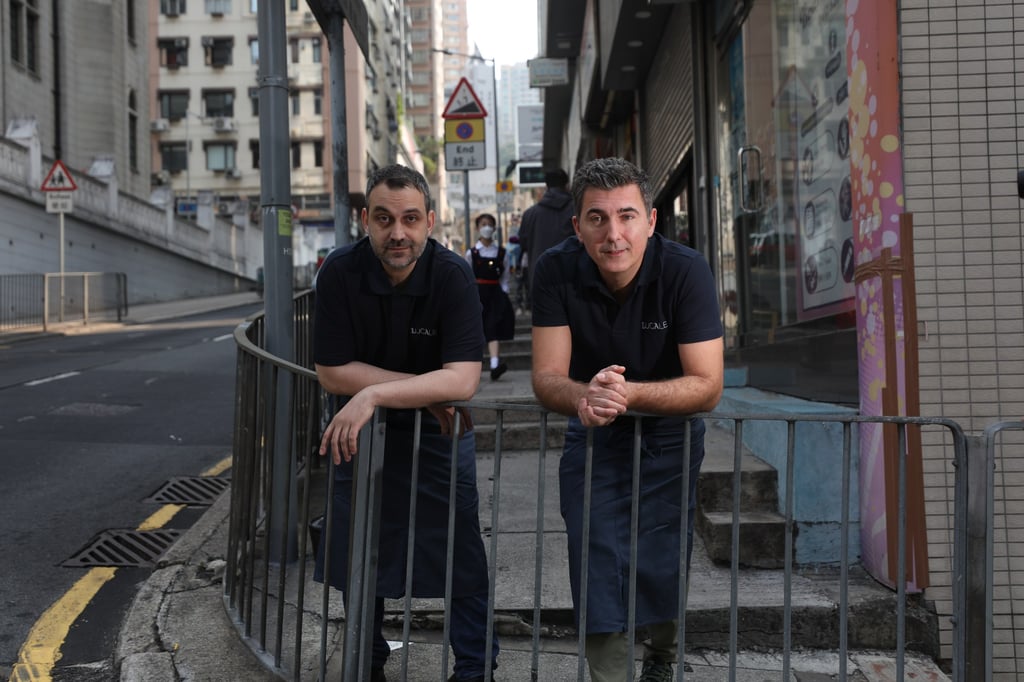Explainer / Inside Italy’s ‘pasta crisis’ – but did spaghetti come from China? As a global shortage of the national staple heats up, we lift the lid on Marco Polo’s disputed ‘noodles’ origin story

- Wound up: Italians are angry about having to fork out more for their beloved national dish – we unravel the crisis and the staple’s knotty history, possibly to China and back
- ‘You can’t think about Italy without thinking about pasta,’ says Alessandro Angelini, owner and chef at Lucale, an Italian restaurant in Sai Ying Pun, Hong Kong
In recent weeks, pundits of every stripe have been lining up to expound on the causes and ramifications of Italy’s nationwide “pasta crisis”. All the excitement was sparked by spiralling prices at local stores and supermarkets which, in late March, saw shoppers paying 17.5 per cent more per standard measure than they had 12 months previously.
The situation was seen as serious enough for Adolfo Urso, the country’s minister for economic development, to convene a commission and hold emergency talks. Lawmakers, consumer rights groups and representatives from the big pasta producers were all summoned to Rome to pinpoint the reasons and address the growing problem.
The ‘pasta crisis’ explained
Briefing notes prepared for the minister no doubt reminded him that pasta prices had increased by more than twice the rate of Italy’s broader inflation index. Notably, over the same period, commodity prices for durum wheat, the central ingredient, had fallen by around 30 per cent on international markets. And supply bottlenecks, usually attributed to the impact of the ongoing war in Ukraine, had generally eased over the past few months.

Alert to these trends, the commission struck a positive note after their talks, announcing that pasta prices were already showing “the first, albeit weak, signs” of a decrease. They said they hoped that further significant drops would soon be on the way and promised to monitor the situation closely and protect consumers.
Predictably, the producers made mention of the need to sell inventories laid in when costs were indeed higher, and of bigger bills for energy, packaging and logistics. Others weren’t slow to suggest the possibility of corporate greed and attempts to pad profits.
You can’t think about Italy without thinking about pasta. The world knows us for this, and it is a heritage we are truly proud of
Time will tell how things develop, but the issue has certainly touched a nerve in a country where Statista reports that 63 per cent of the population eats a serving of pasta, in one of its numerous forms or recipes, almost every day.
This equates to the average Italian putting away something like 23 kilos of pasta each year. And the devotion to – and dependence on – this staple of culinary culture goes a long way to explaining the current consternation.

“The pasta crisis in Italy has caused a lot of concern and frustration,” says Hong Kong-based Alessandro Angelini, owner and chef at Lucale, a popular neighbourhood restaurant on Third Street in Sai Ying Pun.
“Some view it as a result of the pandemic. Some have suggested that it’s indicative of a larger problem with the country’s food supply chain. Regardless of the cause, the scarcity of pasta has certainly put a spotlight on its importance and the need to support independent producers and local communities to prevent such crises from happening again in future.”